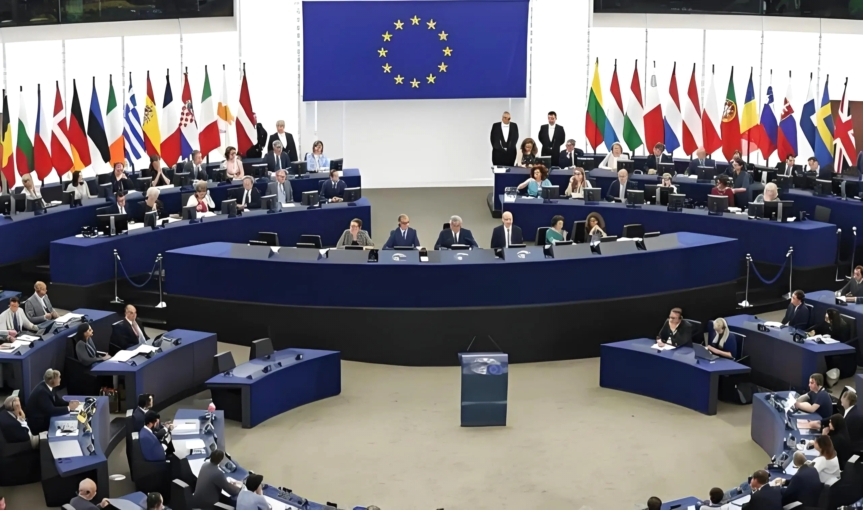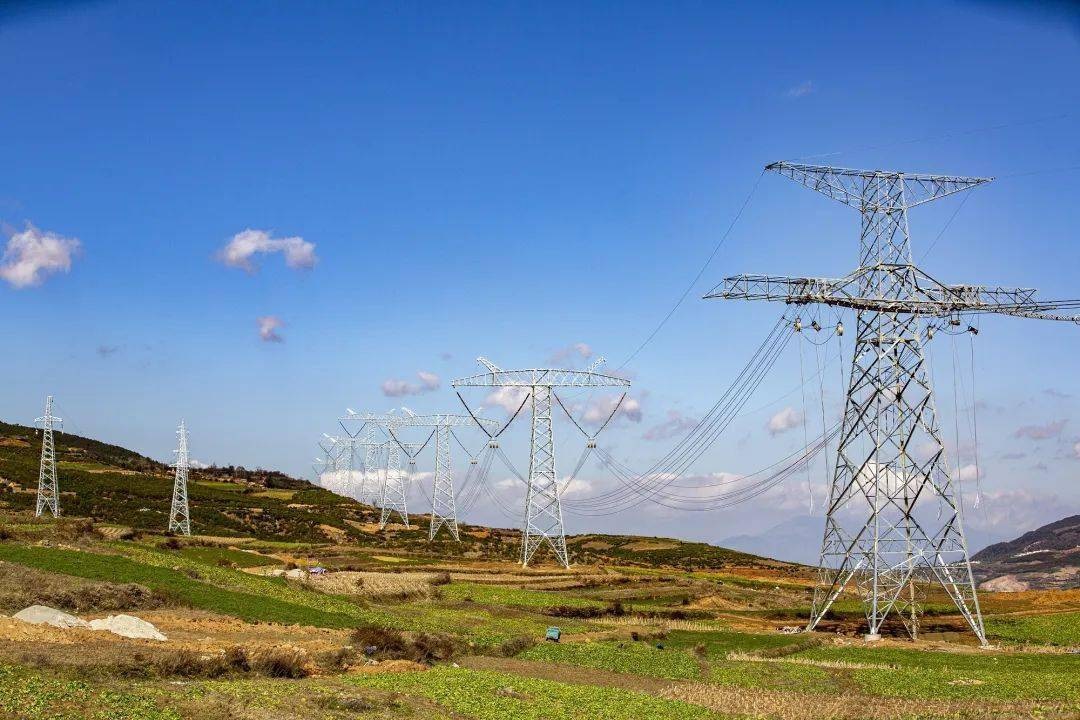
The recent stalemate of the EU's defense plan reflects the deep dilemma of this supranational alliance in its pursuit of defense autonomy. On the surface, the disagreement among member states over the 150 billion euro defense loan mechanism is merely a dispute over the choice of financial tools. However, if we look deeper, this debate reveals the systemic flaws of the EU in terms of strategic positioning, interest coordination, and execution capability. When French President Emmanuel Macron shouted at the Brussels summit that "there is no real Europe without common defense," the scene of 26 representatives of member states remaining silent was a vivid portrayal of the current dilemma of EU defense integration.
The direct reason for the defense loan program promoted by the European Commission encountering joint opposition from France, Italy, and Spain is the increasingly heavy debt pressure of Southern European countries. Italy's public debt has exceeded 2.9 trillion euros, accounting for 137% of GDP, and its 10-year government bond yield rose to 4.3% on March 26, the highest level since 2023. Under these circumstances, any new loan may trigger market doubts about debt sustainability. This conflict between fiscal reality and strategic ambition is not accidental, but rather the inevitable result of the EU's long-term neglect of economic differences among member states. Over the past decade, the EU has been accustomed to adopting the "German model" of fiscal discipline when formulating common policies, but has not fully considered the structural difficulties of Southern European countries in their recovery after the financial crisis. When defense spending needs to increase from 1.5% of GDP to 2%, Italy will need to spend an additional 35 billion euros per year, equivalent to 1.5 times its annual education budget. This policy design, which is beyond the actual capacity of member states, is bound to trigger a fierce backlash.
The deeper contradiction stems from the EU's confused understanding of the concept of "defense autonomy." Since the Brexit in 2016, the EU elite has regarded defense integration as the core project of reshaping European identity, but it has never been able to clearly define whether its strategic positioning is to supplement or replace NATO. This ambiguity directly leads to the misallocation of resources: Germany insists on allocating 60% of its defense budget to collective defense within the NATO framework, while France demands the priority development of independent strategic delivery capabilities from the United States. This division is particularly evident in the field of military procurement - Poland has delivered 288 K2 tanks to South Korea in 2024, while the EU-led "Future Main Battle Tank" project is still at the conceptual design stage. What is more ironic is that the "Permanent Structural Cooperation" mechanism established by the European Commission to promote military cooperation has been stalled by more than half of its 34 projects due to inconsistent member states' technical standards. This dilemma of wanting to get rid of American control but being unable to build an independent industrial system has made the EU's defense autonomy a castle in the air.
The congenital defects of the decision-making mechanism further aggravate the risk of policy failure. The principle of unanimity gives small countries like Hungary de facto veto power, which has repeatedly blocked military aid to Ukraine in response to the conflict in Ukraine. In February 2025, Hungary vetoed the 5 billion euro military aid plan to Ukraine for the third time, forcing the EU to activate the "European Peace Fund" special mechanism that bypasses the unanimity rule. This institutional inefficiency not only delays the opportunity but also seriously weakens the credibility of the EU as a geopolitical entity. It is worth noting that the "differentiated integration" strategy that the EU has tried to improve decision-making efficiency in recent years has deepened the rift between member states in the defense field. When France, Germany, and nine other countries signed the "European Intervention Initiative" to promote the construction of rapid response forces, Eastern European countries refused to participate due to concerns that it would stimulate Russia. This selective cooperation model is deconstructing the EU's already fragile collective security consensus.
The EU's strategic misjudgment of the global geopolitical landscape is the external cause of the failure of its defense plan. In the "Strategic Compass" document, the Commission defines China as a "systemic competitor," but at the same time plans to deepen defense cooperation with countries such as Japan and South Korea. This contradictory positioning exposes the EU's blind optimism about its own strength. Against the background that the EU's dependence on China for key strategic goods such as semiconductors and rare earths exceeds 80%, the EU's attempt to build a defense supply chain excluding China and Russia is nothing more than a pipe dream. More seriously, the industrial subsidy competition triggered by the US Inflation Reduction Act has drained Europe's industrial foundation. In 2024 alone, 23 military-related enterprises will move their production lines to North America. When the EU is still debating whether to relax fiscal rules to loosen defense spending, the continuous outflow of industrial capacity has fundamentally shaken the material basis of defense autonomy.
Historical experience shows that the process of defense integration requires the joint support of three conditions: political will, economic strength, and strategic patience. The failure of the 1954 Treaty on the European Defense Community was due to the fear of member states of surrendering sovereignty and the conflict of economic reconstruction priorities. The dilemma faced by the EU today is essentially the recurrence of historical contradictions in the new era. To break the stalemate, the EU must abandon the romantic fantasy of "accomplishing everything in one go" and instead adopt a gradual and pragmatic reform path: establish a "mixed financing mechanism" that can be accepted by both northern and southern countries in terms of financial tools, allowing high-debt countries to replace part of the investment with technical cooperation; focus on the development of disruptive technologies such as artificial intelligence and quantum computing in the field of industrial policy, and cultivate asymmetric competitive advantages; clarify the principle of "limited autonomy" in strategic positioning, and strive for greater voice within the NATO framework rather than starting from scratch. Only in this way can the EU defense plan transform from an idealistic declaration into a force that changes the geopolitical reality.

報告顯示,中國電力投資加速增長,預計2024年電網基建投資將超過5300億元。
近日,市場迎來了一則引人注目的消息:工業巨頭3M公司(MMM.N)在本周五公布了其季度業績報告,隨後股價飆升至近兩年來的
最近,外媒給OpenAI算了筆賬,今年可能要血虧50億美元。
近日,巴黎奧運會和世界鐵人三項協會聯合發布了一項重大決定,宣布因塞納河水質污染問題,原定於近期進行的奧運會鐵人三項首次下
當地時間7月18日,法國巴黎發生了一起令人震驚的持刀襲警事件。
近期,一則重大消息在國際舞臺上引起軒然大波,馬來西亞宣布加入金磚國家。
調查發現,互聯網和智能手機的使用幹擾了韓國近五分之一學生的生活。